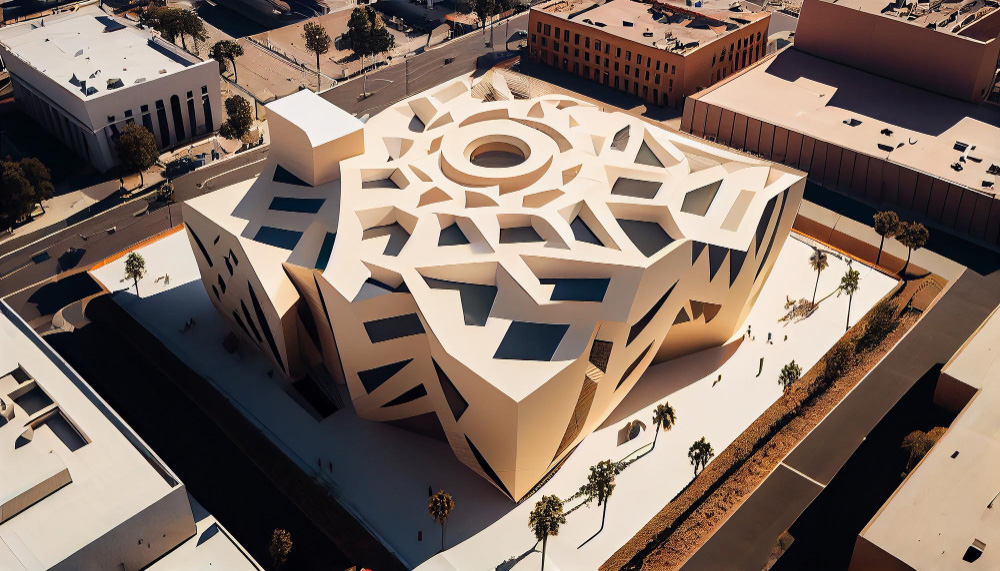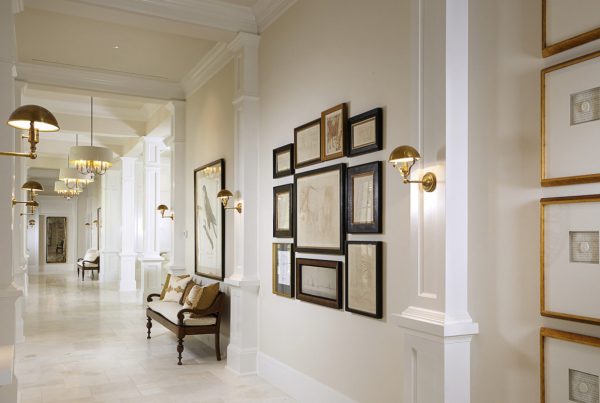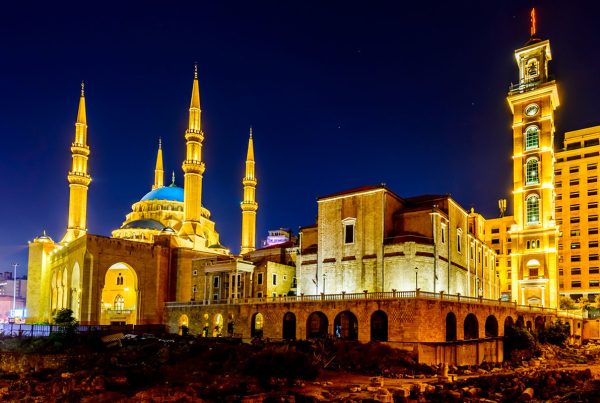Architecture is not just about constructing buildings; it’s a reflection of culture, history, and societal values. The influence of culture on architectural design is profound, shaping the form, function, and aesthetics of structures around the world. In this article, we embark on a fascinating exploration of how diverse cultures influence architectural design, from ancient civilizations to contemporary societies.
1. Ancient Civilizations: The Birth of Architectural Identity
Ancient civilizations such as the Egyptians, Greeks, Romans, and Mesopotamians laid the foundation for architectural design, each imbuing their structures with unique cultural characteristics. From the monumental pyramids of Egypt to the grand temples of Greece, architecture served as a manifestation of religious beliefs, societal organization, and artistic expression.
2. Islamic Architecture: Blending Faith and Artistry
Islamic architecture is renowned for its intricate geometric patterns, arabesques, and calligraphy, reflecting the spiritual and cultural values of the Muslim world. From the awe-inspiring mosques of Cordoba and Istanbul to the magnificent palaces of Moorish Spain, Islamic architecture seamlessly blends faith with artistry, creating spaces of contemplation, beauty, and harmony.
3. Asian Architecture: Harmony with Nature and Tradition
Asian architecture encompasses a rich tapestry of styles and influences, from the majestic pagodas of China to the serene temples of Japan and the ornate palaces of India. Rooted in principles of harmony with nature and respect for tradition, Asian architecture embraces simplicity, balance, and symbolism, creating timeless structures that resonate with cultural significance.
4. European Architectural Heritage: A Tapestry of Styles
Europe’s architectural heritage is a testament to its diverse cultural history, with each region boasting a distinctive architectural identity. From the Gothic cathedrals of France to the Renaissance palaces of Italy and the Baroque churches of Spain, European architecture reflects the artistic, religious, and political currents that shaped the continent over centuries.
5. Indigenous Architecture: Celebrating Local Identity and Wisdom
Indigenous architecture celebrates the rich diversity of cultures and traditions found across the globe, from the earth-built adobe dwellings of the American Southwest to the stilt houses of Southeast Asia and the igloos of the Arctic. Rooted in local materials, climate, and vernacular building techniques, indigenous architecture embodies a deep connection to the land and a respect for ancestral wisdom.
6. Contemporary Architectural Expression: Globalization and Innovation
In today’s interconnected world, architectural design is increasingly influenced by globalization, technology, and cross-cultural exchange. Architects draw inspiration from diverse cultures, traditions, and historical precedents, blending old and new, East and West, to create innovative and culturally resonant designs that reflect the complexities of our modern society.
Conclusion:
The influence of culture on architectural design is a testament to the rich tapestry of human creativity, diversity, and ingenuity. From the monumental wonders of ancient civilizations to the cutting-edge skyscrapers of modern metropolises, architecture serves as a mirror of society, reflecting our values, aspirations, and collective identity. By embracing the cultural diversity of our world, architects can create spaces that not only inspire and delight but also foster a deeper understanding and appreciation of our shared humanity.






